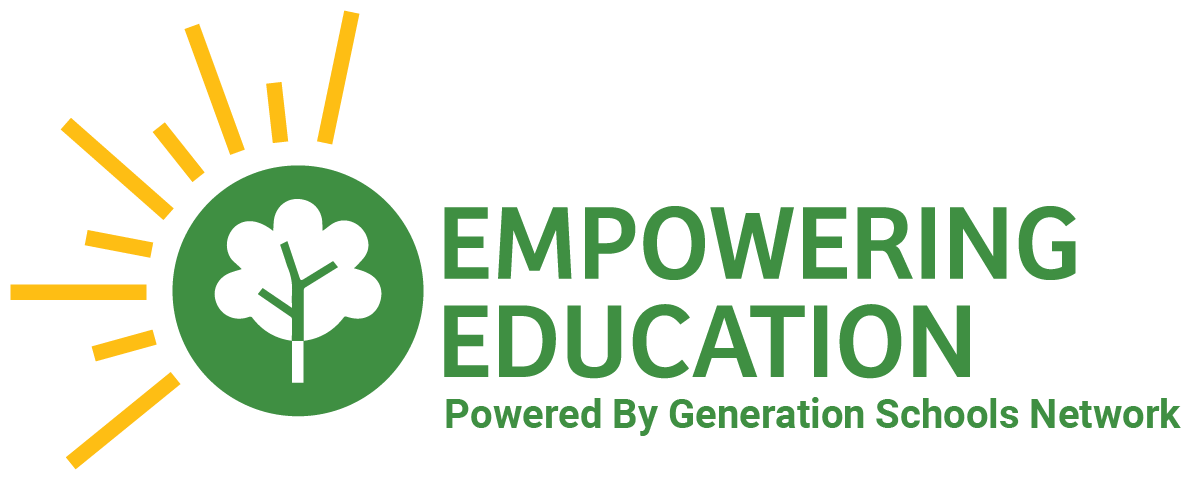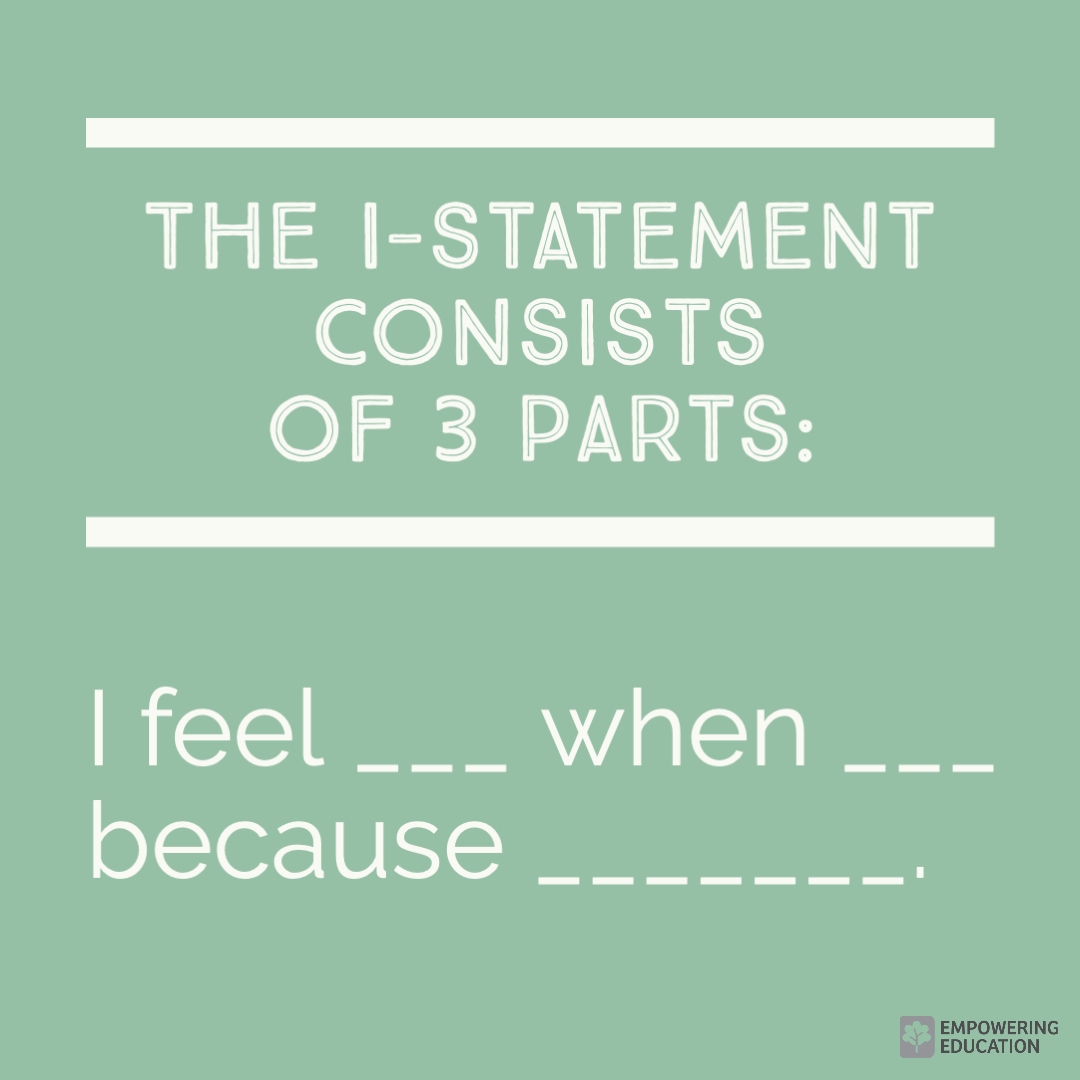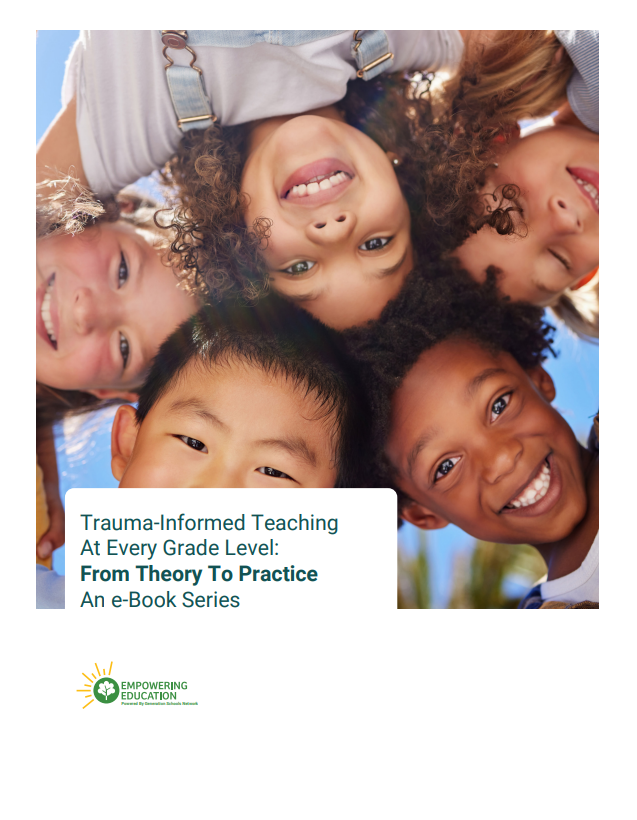How does that make you feel? Using I Statements to Communicate Emotions
You may recognize the "I Statement" as an effective tool for kids to identify emotions, understand beliefs, and influence behavior. But why are feelings so important for children? Today’s blog answers how to help kids talk about feelings effectively using a foundational component of social-emotional learning: The I Statement.
Here’s the 3 Part I Statement : I feel + (emotion) + when + (event) + because + (thought about event).
This post offers some psychological background on why the I Statement is a great tool for kids. For a thorough breakdown of how to teach the I Statement, take a look at this I Statements full lesson plan.
Psychological Theories Behind The I Statements:
Two popular psychotherapeutic theories offer insight into the I Statement:
1. Cognitive Behavioral Theory (CBT): CBT helps clients identify irrational thoughts. The basic principle of CBT is that our thoughts, behaviors, and emotions all interact with one another. So, if you change your thoughts, your emotions and behaviors are likely to change too.
2. Rational-Emotive Behavioral Therapy (REBT): REBT is a more confrontational approach that challenges irrational beliefs. It uses the ABC model of emotions to change thought patterns:
(A) An activating event happens in a person’s life;
(B) The person experiences certain beliefs;
(C) These negative thoughts, when irrational, cause emotional consequences;
(D) Therapeutic techniques such as I Statements challenge a person to dispute their irrational beliefs;
(E) By changing these beliefs, the person improves their new emotional consequence.
Connection Between Thoughts and Beliefs
Children and adults often experience psychological difficulty because they struggle with difficult thoughts and beliefs. Without understanding how one’s thoughts connect with emotions, it's easy to fall into the trap of believing that external events cause particular emotions. The I Statement empowers kids with some choice over their emotions. By changing thoughts or behaviors, kids gain access to new emotional experiences. The first step in this process, however, is simply identifying their current emotion.
It’s important to remember that SEL techniques like I Statement don't replace therapy. We’re not exploring students’ psychological history in-depth, but we are spending time teaching broad psycho-educational strategies that can be helpful to kids who practice them.
Take some time this week to ask your kids about their feelings. Try working through an I Statement together – you might be surprised by the results!



